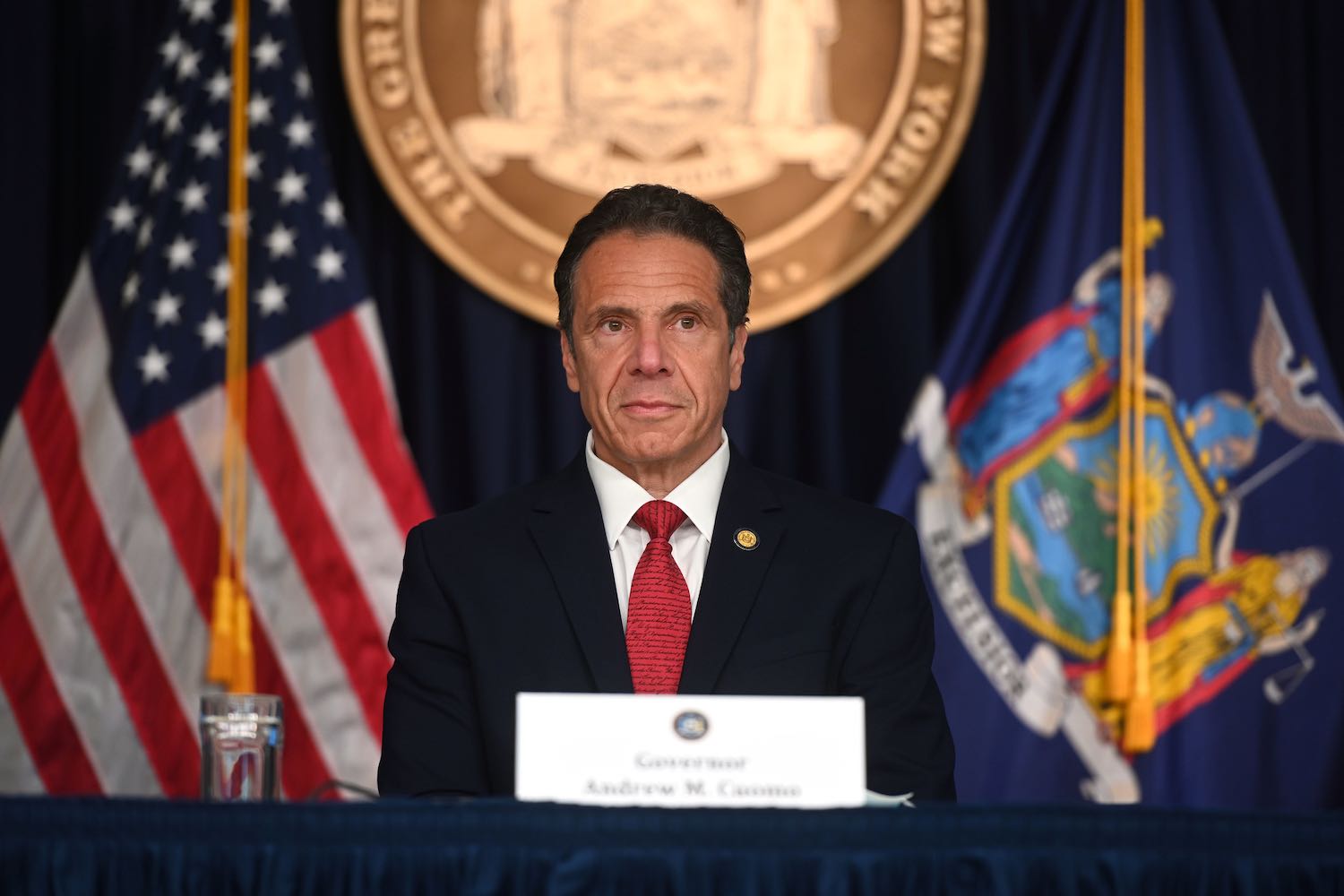ImpactAlpha, May 26 – New York Gov. Andrew Cuomo may have been listening in to ImpactAlpha’s Agents of Impact call last week.
The state’s New York Forward Loan Fund will channel $100 million through five local community development financial institutions to the kind of small, minority-owned businesses that have been left behind in hastily prepared federal relief programs.
CDFIs, as they are known, are ‘having a moment’ as a financial lifeline for small businesses and nonprofits in low-income, rural and minority communities (see, “Innovative CDFIs scale up to help underserved communities move from relief to recovery”). New York’s Forward Loan Fund will buy loans from CDFIs to relieve pressure on their balance sheets and free up capital for further lending.
Jacob Haar: Financing the financiers expanding small-business lending in America
If the structure of New York’s small business recovery vehicle feels familiar, it may be because it was designed with help from Calvert Impact Capital in Bethesda, Md., and Minneapolis-based Community Reinvestment Fund. Calvert’s Beth Bafford and CRF’s Patrick Davis described the model on The Call last Thursday.
Netflix to move $100 million in cash deposits to lenders in Black communities
Calvert acted as “lead arranger” and helped structure the fund and raise capital in coordination with the state. CRF’s Connect2Capital provides a common intake platform for applications from small businesses. The fund will be managed by the fund management arm of the Local Initiatives Support Corp., or LISC.
The design is intended to be a model for a $1 billion national fund and, ultimately, a $20 billion government-backed fund to fuel a massive small business recovery effort.
Netflix to move $100 million in cash deposits to lenders in Black communities
“Small businesses are taking a real beating,” Cuomo said in his Friday briefing. Already, more than 100,000 small businesses across the nation have shut permanently since the onset of the pandemic, he said. “Many small businesses just don’t have staying power to pay all the fixed costs, the lease, etc., when they have no income whatsoever.”
Minority-owned businesses, he added, face “a far greater risk” and have received less federal funding.
The New York fund will focus on minority- and women-owned businesses that did not receive federal relief. Unlike the federal paycheck Protection Program’s broad eligibility parameters, the New York fund targets businesses with 20 or fewer employees and less than $3 million in annual revenues. The five-year, low-interest loans can be used for a broad range of expenses, including working capital, inventory, rent, utilities, property taxes, marketing, and refitting for new social distancing guidelines.
Overall, federally designated CDFIs make about three-quarters of their loans in low-income or underserved communities. The five CDFIs that will originate loans for the New York fund are TruFund, Accion East, NDC and Pursuit. CPC will originate loans to small property owners.
The vehicle relies on a stack of capital that includes first-loss reserves from New York’s Empire State Development and Homes & Community Renewal.
The Ford Foundation, the Ralph C. Wilson, Jr Foundation and the BlackRock Charitable Fund provided a layer of subordinate, or junior, debt. Such concessionary, or catalytic, capital, takes on financial risk without expectation of commensurate returns.
Other debt capital came from Apple Bank, BNB Bank, Evans Bank, M&T Bank, Morgan Stanley and Wells Fargo.
Helping companies tap ‘alternative capital’ for sustainable growth











